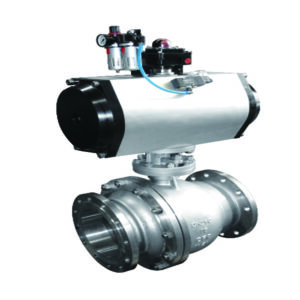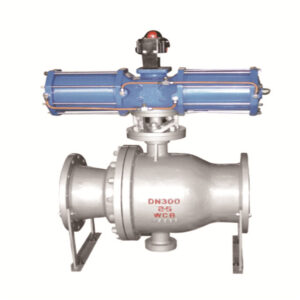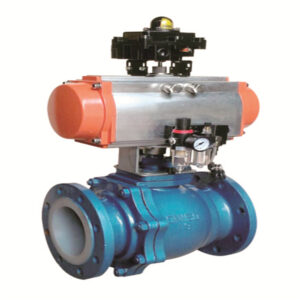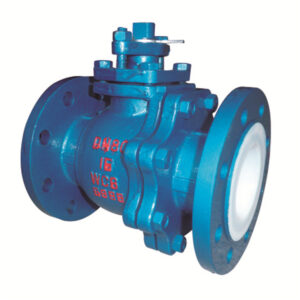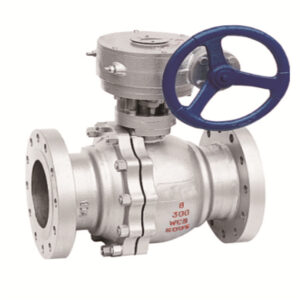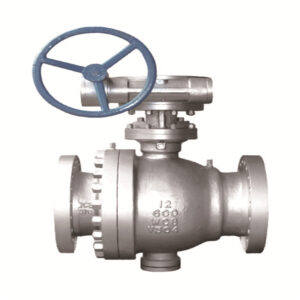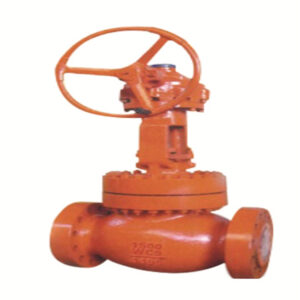Valve Chemical Composition Analysis
Valve Chemical Composition Analysis
In order to ensure the quality of the valve, as a professional valve manufacturer, the Valve Chemical Composition Analysis method will be used to analyze the content of various elements in the valve material, and the material grade will be determined according to the material standard checklist. In addition, valve manufacturers suggest exploiting the properties of materials that emit spectra under high temperature and high-energy excitation. Spectral identification enables qualitative and semi-quantitative analysis of alloying elements.
-
Ball valves
Pneumatic O-type shut-off ball valve supplier
-
Ball valves
Fluorine Lined Pneumatic Ball Valve supplier
-
Ball valves
Wholesale ANSI API Fixed Ball Valve Supplier
-
Globe valves
American Standard Globe Valve Manufacturer in china
why choose newinteg valve !
Our wish is to get you here without having to look for anyone else!
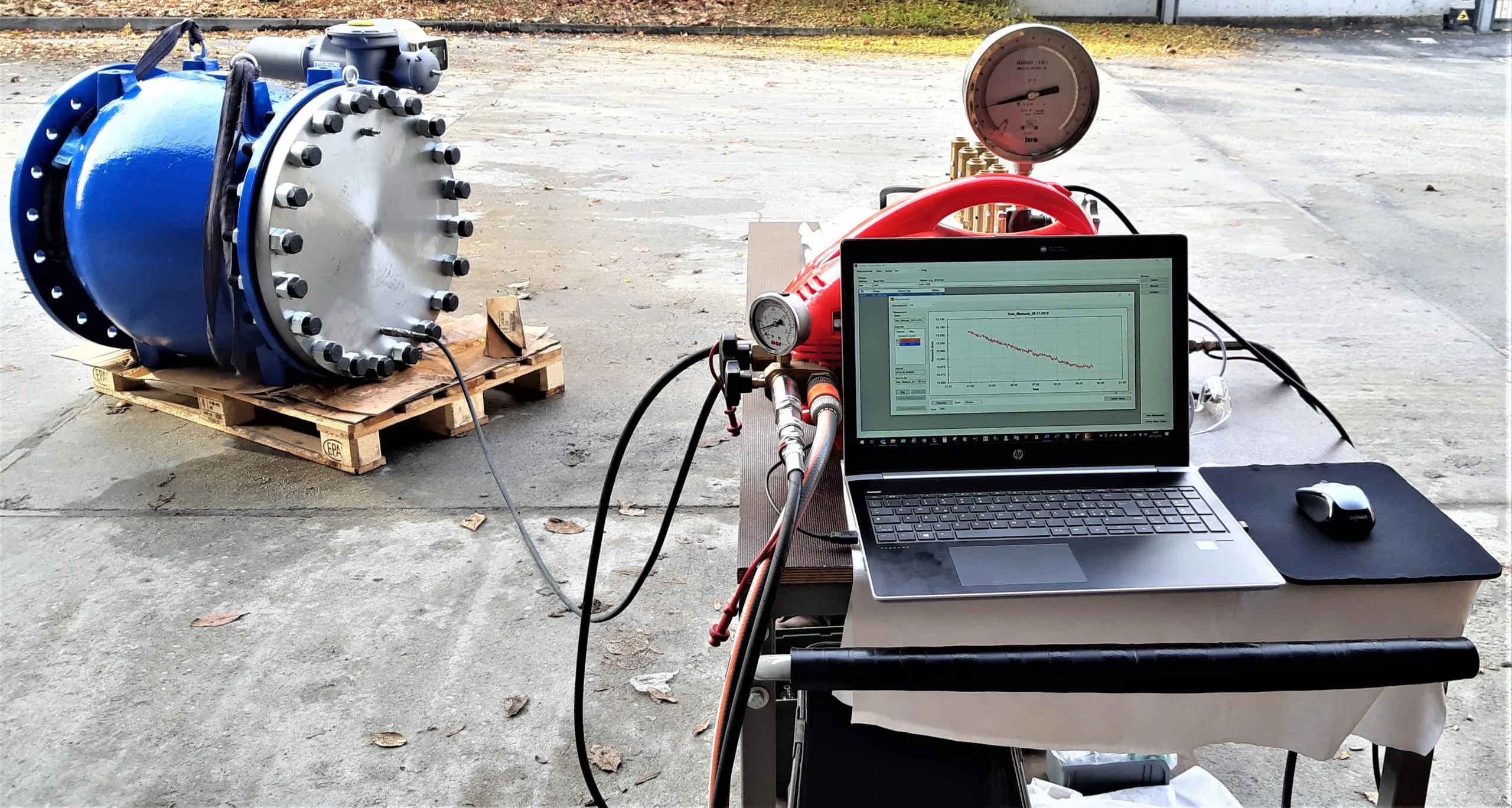

Full range of valve types
We have hundreds of industrial valves for you to choose from!
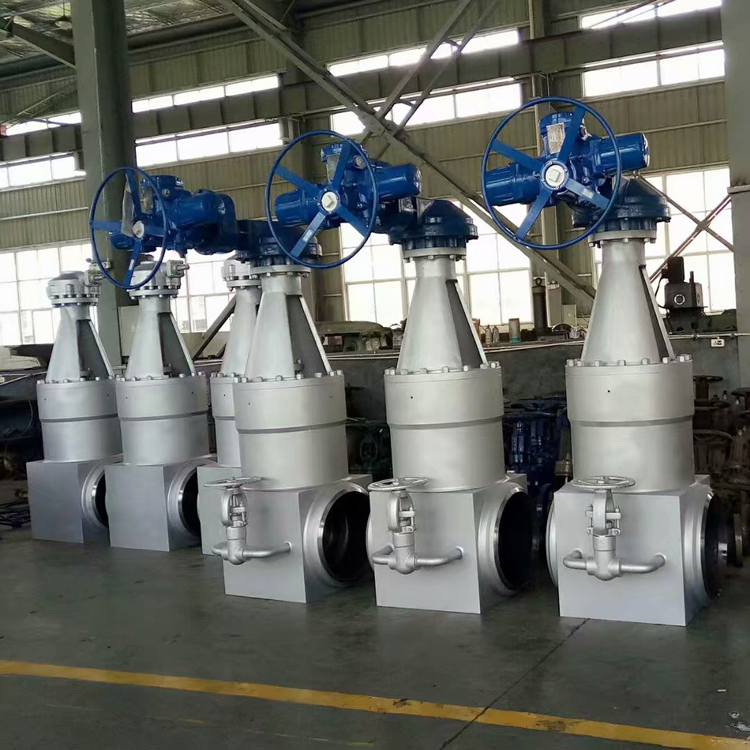
Novel valve type
Every year research and development of novel valves are put into production!

Customized valve types
Fully customized valve according to customer needs!
Valve Chemical Composition Analysis
1) Chemical analysis
2) Spectral analyzes
3) Mass spectrometry analysis
4) Chromatographic analysis
More Valve related articles
I believe you will not regret your choice
Why choose XinHui valve?
Customized on demand
We very much welcome customers to bring your requirements in the industry, our industrial valve solutions include customized on demand! Use the best materials to produce standard compliant valves, If you need valve customization services, please contact us immediately
Valve quality
Xinhui valve strictly controls the quality of the products in each process; on the other hand, it improves the work quality of the employees; and constantly pursues the high performance and high quality of the products, and is committed to becoming the preferred brand of valve products for the majority of users. .
Professional Services
Our salesman will answer your professional industry questions, product questions, transportation questions, etc. Our service personnel are online 7*12 hours. If you encounter time difference problems, please wait patiently for our reply, and we will reply you as soon as possible The problem.
High and new technology
As a high-tech enterprise in China, we can provide complete valve sample drawings, technical support for valve production process, technical support such as maintenance manuals, and strength calculation books. Frequently Asked Questions about Valve Operation.
R&D innovation
Xinhui Valve has invested a lot of manpower and funds in the innovative research and development of valves, and opened laboratories, inspection rooms, and R&D rooms. 20 kinds of new products are developed every year. Customized industry-specific valves for customers, dozens of products under severe valve conditions.
International Standard
The valves we produce meet various international testing indicators, and all kinds of valves are manufactured and accepted according to relevant domestic standards such as GB and JB, as well as international standards such as ANSI, API, JIS, and BS. DIN. Please contact us for special production standards.
We are not only a manufacturer of valves, but also a disseminator of industry knowledge
OEM & ODM XuiHui valve Applications





want to talk
with us?
Leave your details and one of our experts will contact you!

